Two Americans Released By North Korea After High Profile Visit
Good news for two released Americans, but no clue what's motivating North Korea's latest actions.
Two Americans that have been held by the North Korean regime were released suddenly today after a visit to Pyongyang by Director of National Intelligence James Clapper:
WASHINGTON — North Korea has released two Americans who have been held in the country for extended periods, after the director of national intelligence, James R. Clapper Jr., flew to the country on a secret mission and secured their freedom.
In a terse statement issued Saturday by Mr. Clapper’s office, the Americans — Kenneth Bae and Matthew Todd Miller — were described as “on their way home, accompanied by D.N.I. Clapper.” Officials said they were likely to land on the West Coast, where Mr. Bae and Mr. Miller both live, some time on Saturday night.
It was an unusual role for Mr. Clapper, the nation’s most senior intelligence official, whose job is to coordinate policy and operations among the nation’s 16 spy agencies. Gruff and blunt-speaking, the retired general is an unlikely diplomat but, in the words of one American official, “perfect for the North Koreans.”
Mr. Bae, 46, had been held for two years on charges of operating with an evangelical organization, Youth with a Mission, and preaching against the North Korean government. North Korea charged he had been planning a “religious coup d’état,” and after a brief trial he was sentenced to hard labor on a farm. Mr. Miller, 25, entered North Korea seven months ago and reportedly tore up his visa, and by some reports sought asylum. He was charged with unruly behavior.
Together with the release last month of Jeffrey E. Fowle, who had been held for six months, the decision to let the two Americans go is the latest evidence that Kim Jong-un, North Korea’s unpredictable young leader, is attempting new approaches to the Obama administration. It was not clear whether Mr. Clapper traveled with a letter from President Obama — which would be a usual approach — but a senior administration official said he “was there to listen,” and to “reiterate our views.”
Mr. Obama said Saturday that “we’re very grateful for their safe return” and he praised Mr. Clapper for successfully completing what he called “a challenging mission.”
It was also not clear whether Mr. Clapper had spoken directly with Mr. Kim, who had disappeared from public view earlier this summer with what now appears to have been a painful leg ailment, or whether he had seen other North Korean leaders.
Mr. Clapper rarely announces his schedule and can travel with little notice. But earlier this week he canceled, at the last moment, a speech at the Council on Foreign Relations in New York, with no explanation. He left shortly after that on his trip to the North. Sending high-level emissaries to the North is a long tradition; in Mr. Obama’s first term, former President Bill Clinton went to secure the release of some young American women who had been seized on a journalistic trip along the Chinese border with the North. But Mr. Clinton’s trip led to no fundamental change in relations, which have been in a deep freeze since the North conducted a nuclear weapon test just months into Mr. Obama’s presidency in 2009. The test, one of Mr. Obama’s aides said at the time, made “us all North Korea hawks,” and Mr. Obama has not attempted the kind of broad engagement with North Korea that he has pursued so vigorously with Iran.
As with everything related to North Korea, there are several questions that naturally arise from this decision to release the Americans that were being held for alleged violations of the law. The process actually started more than a month ago when the regime allowed a CNN camera crew that had been visiting the nation to interview all three of the men, albeit for brief periods and under the observation of government representatives, on very short notice. At the time, many analysts thought that action, which unfolded at the same time that the rumors about the disappearance of Kim Jong Un were still very much in the news, was meant as a signal to the Obama Administration that the Pyongyang wanted to have some kind of communication regarding their fate. While the United States does not have formal diplomatic ties with North Korea, we do maintain indirect contact through other nations, and obviously there must have been some discussions going on through those channels for something like this to have been pulled off so quickly, and secretly. These things don’t happen without some reason, though, so one does have to wonder what the North Koreans are thinking here.
One possibility, of course, is that this is part of the general backing down in tensions that we have seen out of Pyongyang this year. You will recall that back in 2013, there was a significant ramping up of tensions on the Peninsula, with communications between the North and South and other contacts being cut off at the same time that the Kim regime seemed to be escalating the military exercises that Pyongyang’s leaders seem to engage in occasionally, possibly as much for domestic muscle flexing inside the military as anything else. Slowly, though, we’ve seen those actions reversed and, most recently, the resumption of some contact between Pyongyang and Seoul, largely at the initiative of the North Koreans. Releasing these Americans may be part of that process. What the ultimate aim of this may be is anyone’s guess but in the past it has typically been connected something the North Koreans want, like food aid or negotiations.
As Jazz Shaw notes, it’s also possible that the fact that Kenneth Bae’s health is reportedly not well prompted the North Koreans to find a face saving way to release him before he died in their custody, which would have been a tremendous problem for them internationally. While this doesn’t explain the release of the other two Americans directly, especially Miller who apparently took the bizarre step of claiming political asylum when he arrived in North Korea, my impression from watching the CNN interviews noted above is that Miller especially may have been somewhat mentally unbalanced from the beginning, so possibly the North Koreans just didn’t want to deal with the headaches. As for the face saving, ever since the Clinton Administration, the Pyongyang regime has placed some degree of importance on the idea of visits from people who are close to the President in situations like this. The list of people that have filled this role in the past ranging from former President Jimmy Carter, who played a role in reopening nuclear negotiations in 1994, and most prominently, former Energy Secretary, United Nations Ambassador, and New Mexico Governor Bill Richardson who made several visits to the reclusive nations starting in 1996, when he helped negotiate the release of American Evan Hunziker from North Korean custody, and again in the early 2000s when he played a role in ongoing negotiations over the country’s nuclear program even while serving as Governor of New Mexico. The fact that the envoy this time was someone as prominently placed as Clapper may indicate that a new back channel is being opened, but where it leads is anyone’s guess. This is, after all, North Korea, and nobody seems to know what’s really going on there, often not even the North Koreans themselves.
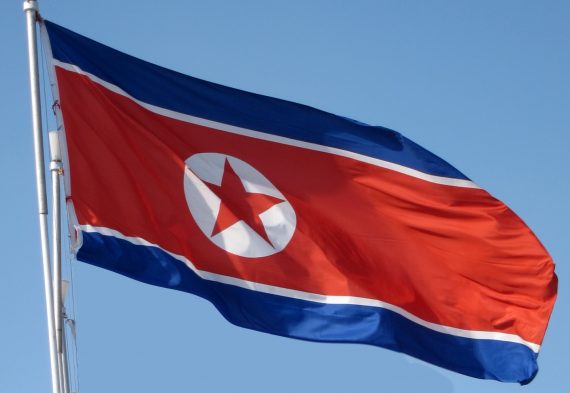

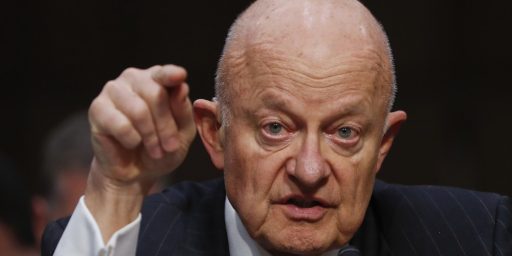
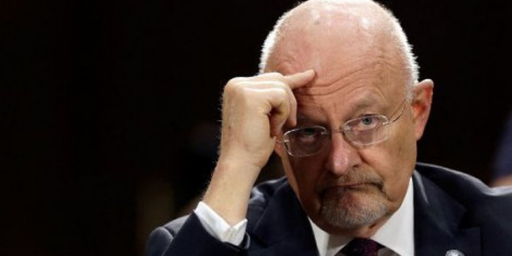
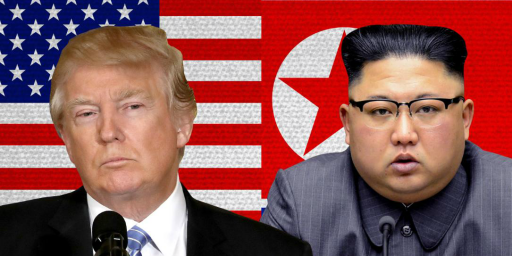
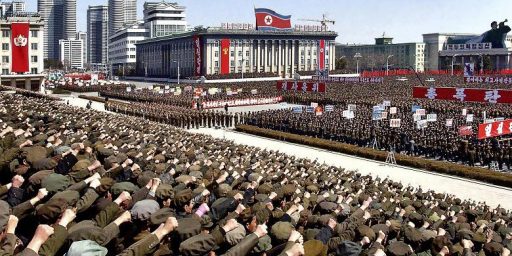
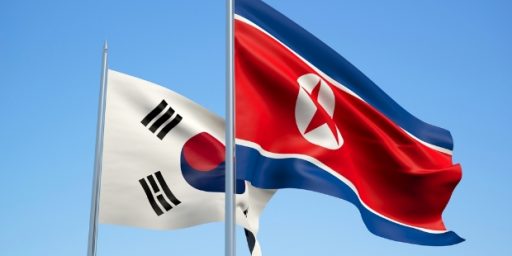
Bill Clinton also went and had a picture taken with Kim Jong Il a few years ago. Clinton looked none too happy with it either.
@Rob Prather:
He talked about that incident on The Daily Show. It’s a really interesting interview.
http://safemanuals.com/user_guide_instructions_owner_manual_BREADMAN_TR444.htm
Absolutely a terrible nation. A few years back, investors from South Korea’s Moonie Church attempted to improve the economy of North Korea by setting up an automobile plant that could produce 10,000 automobiles a year. But, with government over-oversight, bureaucratic issues as well as gross wholesale poverty, the company could produce no more than just about 300 cars a year, nearly all of which were exported to Vietnam, where the more affluent Vietnamese could afford to buy these cars. The Moonie Church investors soon sought to end this venture. The people in South Korea enjoy the highest wages in Asia, and the people in North Korea, some of the worst poverty in the world. – The South was once 90% overrun by 1 million Chinese Communist soldiers during the war, but has rebuilt as an Asian economic power stronger than Japan in many areas.